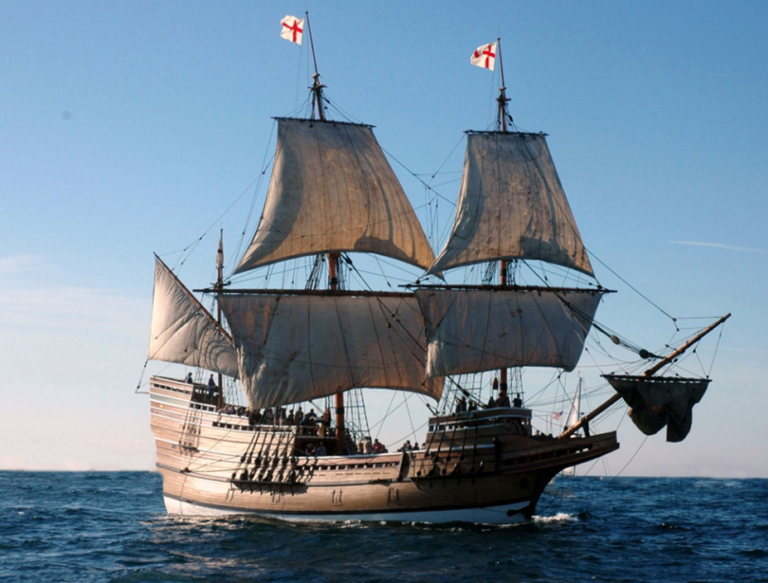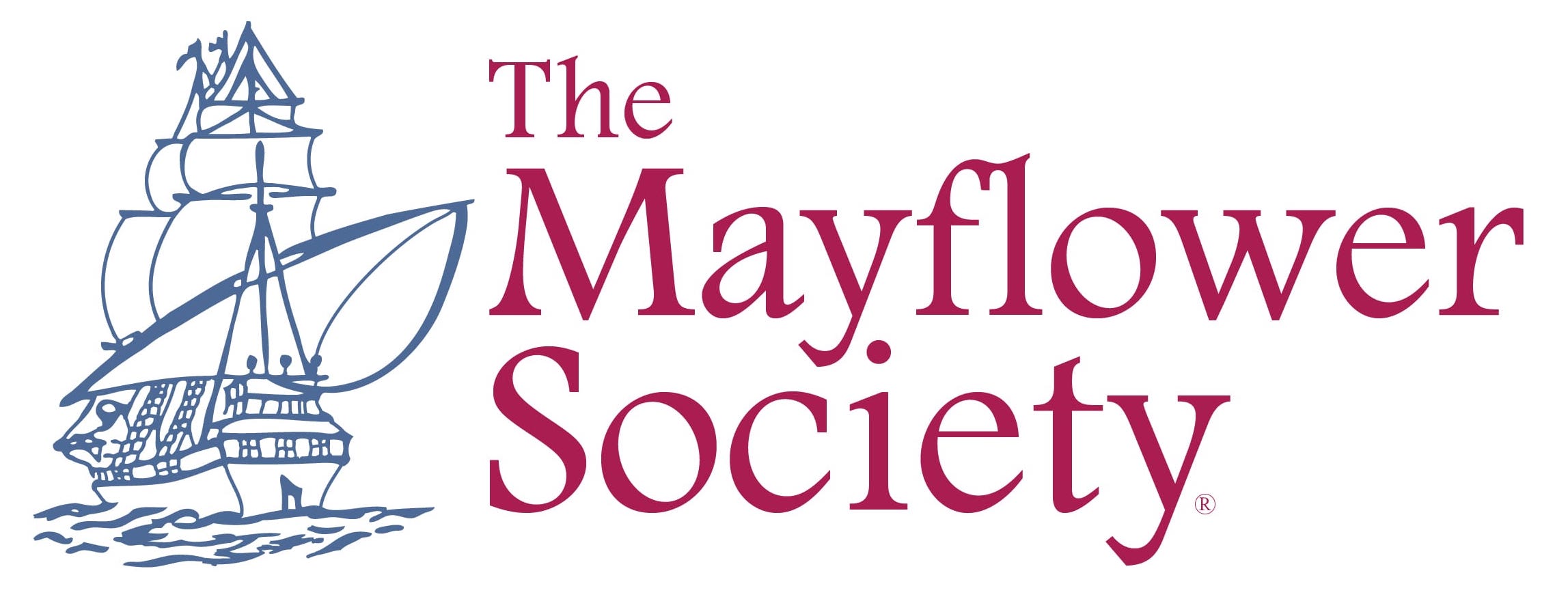
History of the Pilgrims
The Pilgrims were a group of English people who came to America seeking religious freedom during the reign of King James I. After two attempts to leave England and move to Holland, a Separatist group was finally relocated to Amsterdam where they stayed for about one year. From there the group moved to the town of Leiden, Holland, where they remained for about ten years, able to worship as they wished under lenient Dutch law.
Fearing their children were losing their English heritage and religious beliefs, the resumption of war and their inability as non-citizens to find decent jobs, a small group from the Leiden church made plans to settle in Northern Virginia – as New England was known at the time. In August 1620 the group sailed for Southampton, England, where other English colonists who hoped to make a new life in America met them.

They planned to make the crossing to America in two ships, the Speedwell and Mayflower. However, after many problems, the Speedwell was forced to return to England where the group reorganized. In their second attempt to cross the Atlantic, they boarded the Mayflower in September 1620 bound for the New World.
The group of 102 passengers who crowded aboard Mayflower for the crossing was varied and included members of the Leiden congregation who were joined by a number of English families or individuals who were hoping to better their life situations, or were seeking financial gain. These two general groups have sometimes been referred to as the “Saints” and the “Strangers”.
They arrived as winter was settling in and endured significant hardships as they struggled to establish a successful colony at Plymouth.
In time, their colony flourished and led the way to establishing religious freedom and creating the foundations of the democracy Americans enjoy today. Their celebration of the first Thanksgiving has grown to become a festive national holiday.
Anyone who arrived in Plymouth on the Mayflower and survived the initial hardships is considered a “Pilgrim” today, with no distinction being made on the basis of their original purposes for making the voyage.
Learn more about the Pilgrims from our Passenger Profiles.
We encourage you to learn more by visiting our friends at:
Plimoth Patuxet: a 17th century living history museum.
Pilgrim Hall: America’s oldest continuously-operating museum with the country’s largest and most significant collection of 17th century possessions, their wills and estate inventories, owned by the Pilgrims and other residents of Plymouth Colony.
Mayflower Historic Sites: View a list of Mayflower Society recommended locations in the Plymouth area to visit.
